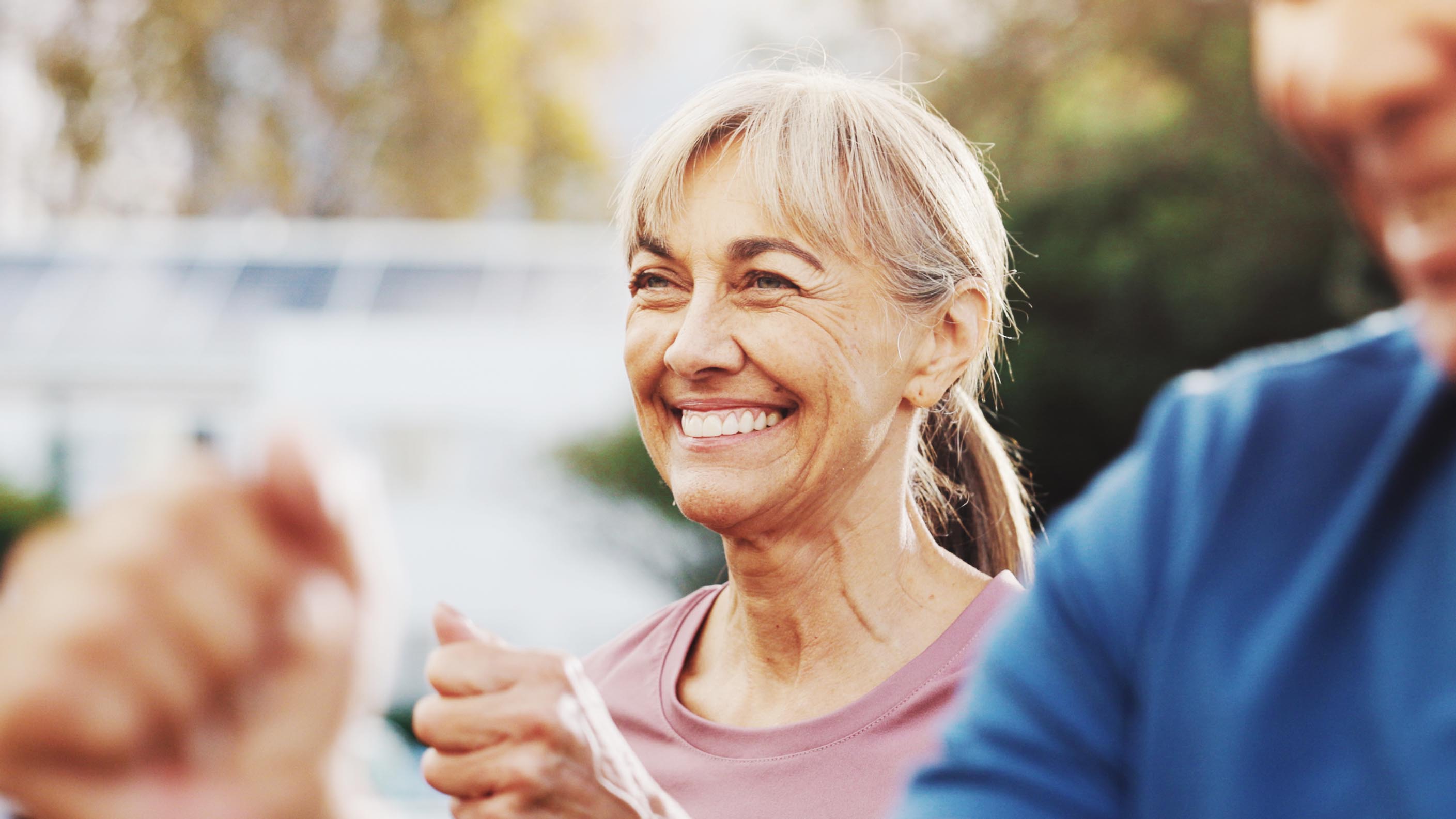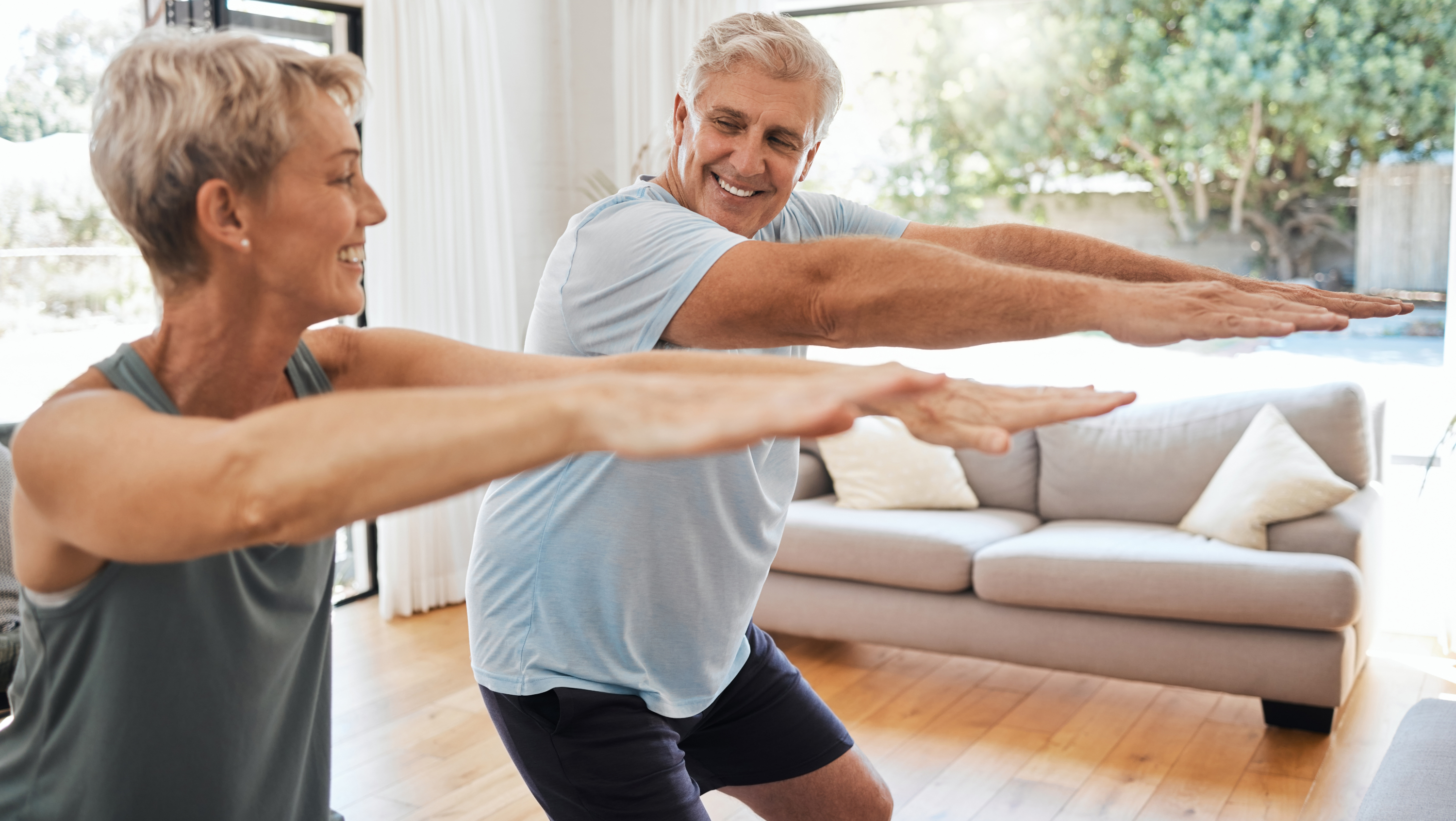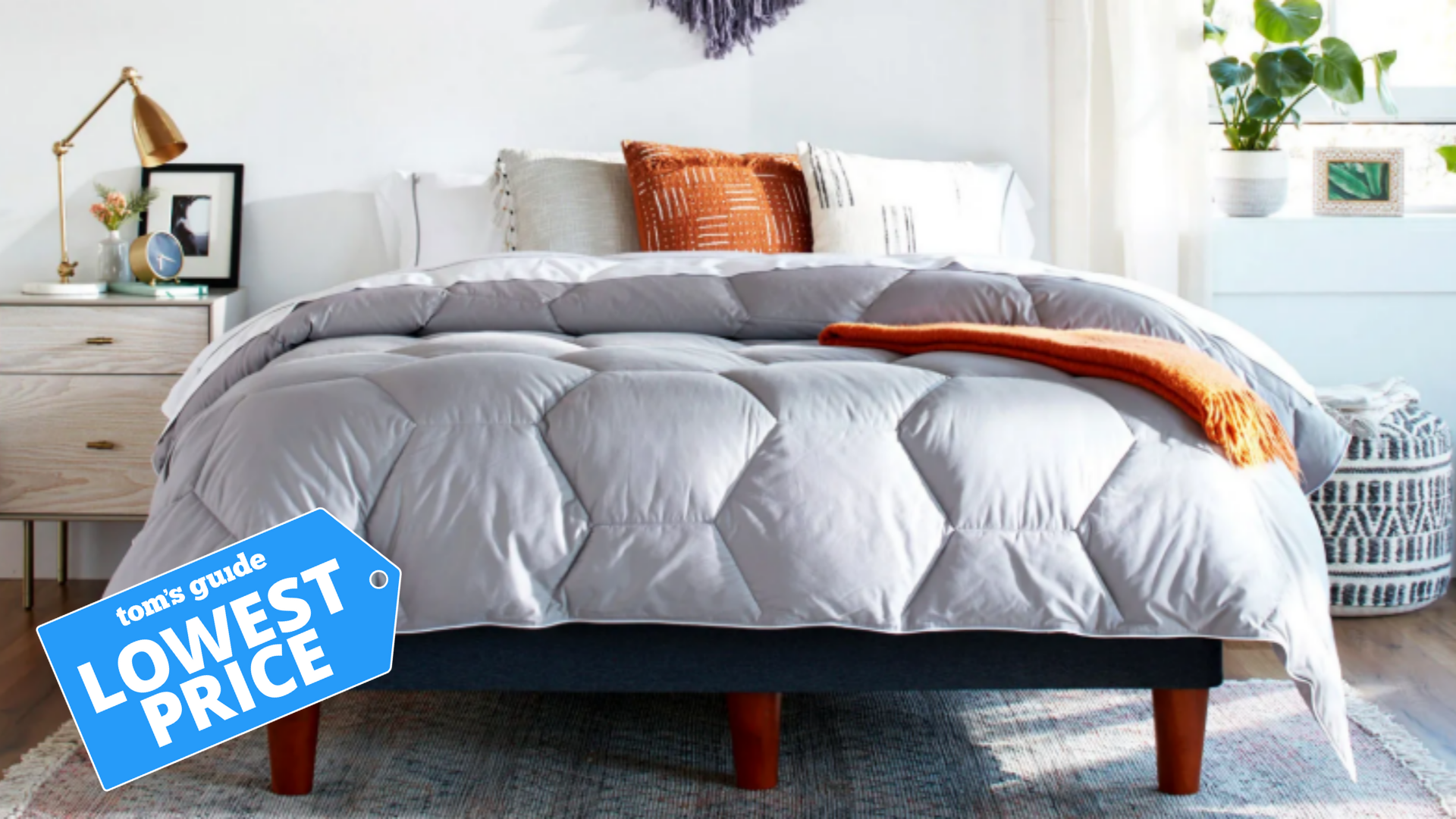I'm a personal trainer who works with seniors: This is my joint-friendly workout for clients over 50 to build strength and boost coordination
Support longevity with these trainer-recommended low-impact jump exercises.

If you want to learn how to stay agile, strong, and quick on your feet as you age (all while protecting your joint health), this article is for you. Age-friendly plyometrics, or low-impact jump training, involves exercises that keep your muscles fast and responsive while supporting bone density and balance, which are two essential aspects of healthy aging.
“Low-impact jump work helps keep your muscles quick and responsive, which is important for everyday tasks like avoiding a trip or moving quickly when you need to,” explains Amanda Dvorak, CPT, a certified personal trainer with Garage Gym Reviews. “It also helps with good bone density, joint health, and cardiovascular fitness without the pounding of higher-impact routines.”
The following low-impact plyometric exercises are designed to be gentle on your body while still delivering big benefits. These controlled movements can help you move with more intention and confidence, whether that’s climbing stairs, catching yourself from a stumble, or keeping up with grandkids on the playground.
Below, Dvorak and fellow trainer Stephen Sheehan, CPT, share how to get started with safe, joint-friendly plyometric exercises after 50, including beginner progressions, technique tips, and smart recovery habits.
Before attempting any jumping, make sure your foundation is solid. “You should be able to squat and lunge comfortably with good balance and control before adding jumping,” says Dvorak. “It’s also important to be able to land softly, which means bending at the hips and knees to absorb force.”
Sheehan adds that a good litmus test is being able to balance on one leg for 20 to 30 seconds. “A baseline level of strength and stability lowers injury risk and makes the transition to dynamic moves safer,” he explains.
If you can’t yet do that, focus on basic strength and stability work first by doing bodyweight squats, bridges, step-ups, and core exercises before layering in speed or impact.
Get instant access to breaking news, the hottest reviews, great deals and helpful tips.

The best low-impact plyometric exercises after 50
1. Sit-to-stands with a hop
Why: This lower-body exercise builds explosive leg power, strengthens your glutes, quads, and hamstrings, and boosts coordination between your upper and lower body. That’s because it mimics the daily action of standing from a chair, only with an added strength element that helps you react faster and stronger.
How:
- Sit tall at the front edge of a secure seat with your feet flat and hip-width apart.
- Keep your chest lifted, shoulders back, and hands either crossed over your chest or reaching slightly forward for balance.
- Flex your core and press your feet firmly into the floor.
- Drive through your heels to stand while extending your hips.
- Jump a few inches off the ground as you approach standing.
- Land softly while bending your knees and hips to absorb the impact.
- Sit back down slowly before repeating the next rep.
2. Step-up hops
Why: Step-up hops simulate common everyday activities like stair climbing while strengthening your legs one at a time, helping to boost balance, coordination, and power. They target your quads, glutes, and calves and can help improve stability, a critical component of aging well.
How:
- Stand facing a low, sturdy step or box at about knee level.
- Keep your feet hip-width apart and your arms relaxed by your sides.
- Step your right foot firmly onto the box, driving through your heels as you engage your core.
- Drive through your right leg to stand tall while lifting your left knee toward your chest.
- At the top of the movement, add a small hop on your right leg, keeping the hop light and controlled.
- Land softly on your right foot, bending your knee and hip to cushion the landing.
- Lower your left foot back to the ground, followed by the right, and repeat.
3. Heel raises with mini hops
Why: This low-impact plyometric move will strengthen your calves, ankles, and feet. These body parts are crucial for balance, shock absorption, and propulsion when walking or changing direction. Heel raises with mini hops also help maintain lower-leg power while supporting stability through the ankles, reducing your risk of trips and falls.
How:
- Stand tall with your feet hip-width apart near a wall, countertop, or chair for support.
- Brace your core and relax your shoulders.
- Rise onto the balls of your feet as high as possible.
- At the top of the movement, squeeze your calves and add a tiny hop (just enough for your heels to briefly leave the ground).
- Land softly on the balls of your feet, keeping your knees slightly bent to absorb the impact.
- Slowly lower your heels back to the floor.
4. Side-to-side line hops
Why: Side-to-side hops train your lateral agility and ankle stability, which can help you maintain balance on uneven ground or during quick changes in direction. They also strengthen the stabilizing muscles along your hips, knees, and ankles and keep fast-twitch muscle fibers active, which helps you stay nimble as you age.
How:
- Stand tall with your feet together beside an imaginary line, resistance band, or piece of tape on the floor.
- Engage your core, soften your knees, and keep your arms relaxed by your sides.
- Lightly hop both feet side to side over the line, lifting only an inch or two off the ground.
- Land softly on the balls of your feet with bent knees.
To get started incorporating plyometrics into your workouts, start simple. “Begin with two sets of six to eight reps of one or two exercises, two times per week,” says Dvorak. “Focus on smooth, quiet landings instead of height.”
Sheehan adds, “Once you feel stable and your landings are quiet and controlled, you can add a few more reps or sets, or progress to slightly higher boxes or longer hops.”
Rest for 30 to 60 seconds between sets and aim to keep your training sessions under 25 minutes.
Follow Tom's Guide on Google News, or add us as a preferred source, to get our up-to-date news, analysis, and reviews in your feeds. Make sure to click the Follow button!
More from Tom's Guide
- No, not planks! I'm a personal trainer for seniors, and these are the 4 best exercises you can do for core stability at every age
- I'm a PT for seniors: My 3 go-to exercises to instantly boost your balance as you age
- Forget walking and swimming: This is the best exercise for staying fit after 55, according to new research
Adam is a health writer, certified holistic nutritionist, and 100% plant-based athlete. His work has been published on Forbes, Men's Journal, MindBodyGreen, Alive, Eat This Not That!, Everyday Health, Business Insider, and others. Adam lives in British Columbia, Canada, with his wife, two kids, and their Australian Shepherd. That’s where you’ll find him running mountain trails, working out in his home gym, or writing in a coffee shop.
You must confirm your public display name before commenting
Please logout and then login again, you will then be prompted to enter your display name.

